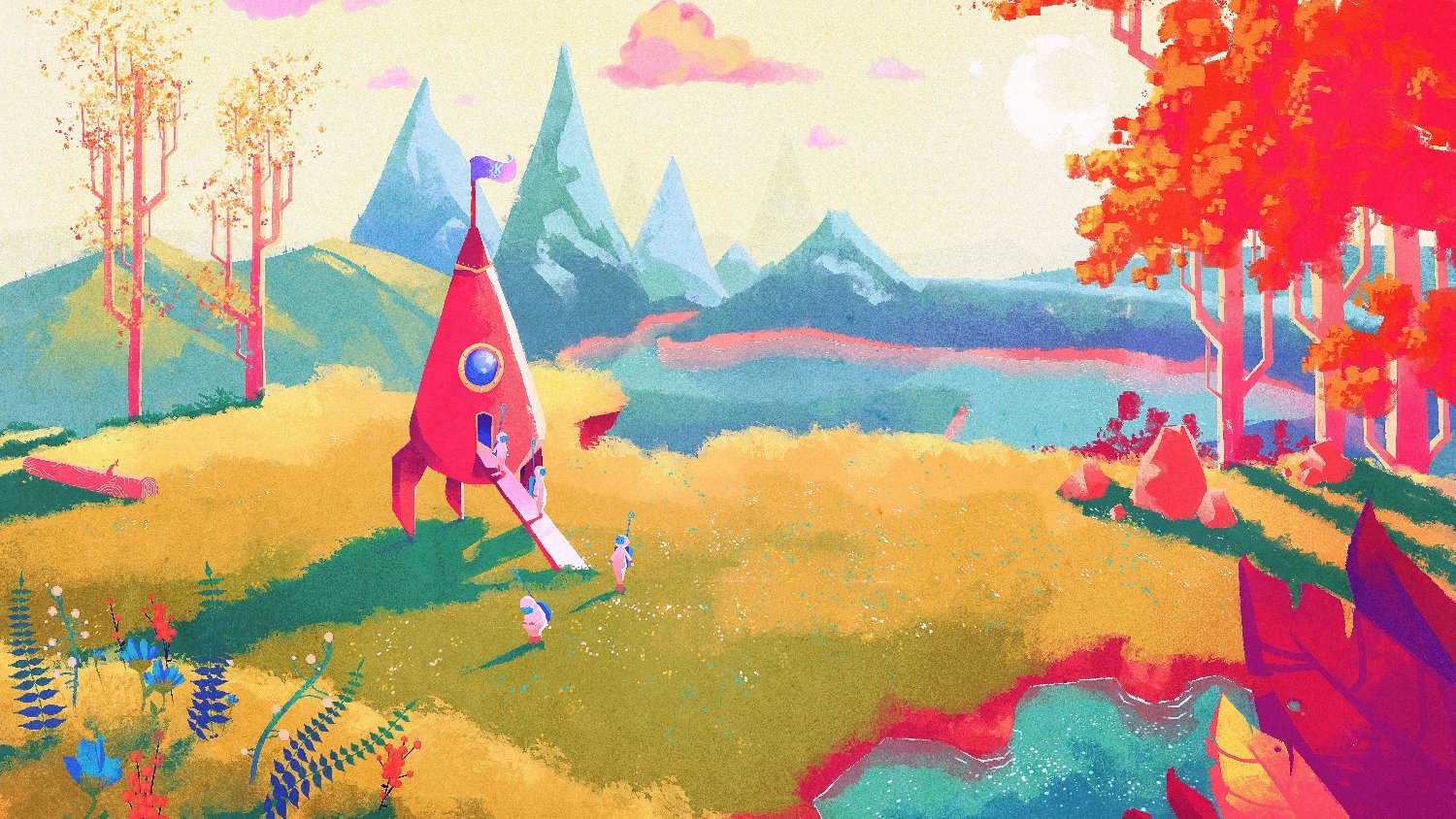I remember it and was there, on the KDE side of it. Summarized half-remembered version.
Corel WordPerfect had been ported to linux late in the 90s and they got this notion that people only bought Windows to use MS Office. So if they made their own OS, people would buy it just to use WordPerfect. They had grand plans to take KDE and linux and package it as a consumer grade OS. The closest other competitor doing that at the time was Caldera, and they were seeing some success, so why not eh?
They hired two people to "fix" KDE. But the people they hired had no idea how open source worked -- how to interact with a community that functioned more like a meritocracy than a managed hierarchy. They showed up on the mailing list and tried to make demands -- work on this, fix these bugs, adhere to our standards for this other thing, etc. When KDE didn't jump to their whimsy, they sort of got annoyed and just decided to maintain a patchset or something.
The distro flopped hard. And it started with their management. They could have instead hired a half dozen KDE developers that were already contributing, started feature or bug bounty programs (like Google Summer of Code, which was great but came later), and possibly have pulled something amazing together.

